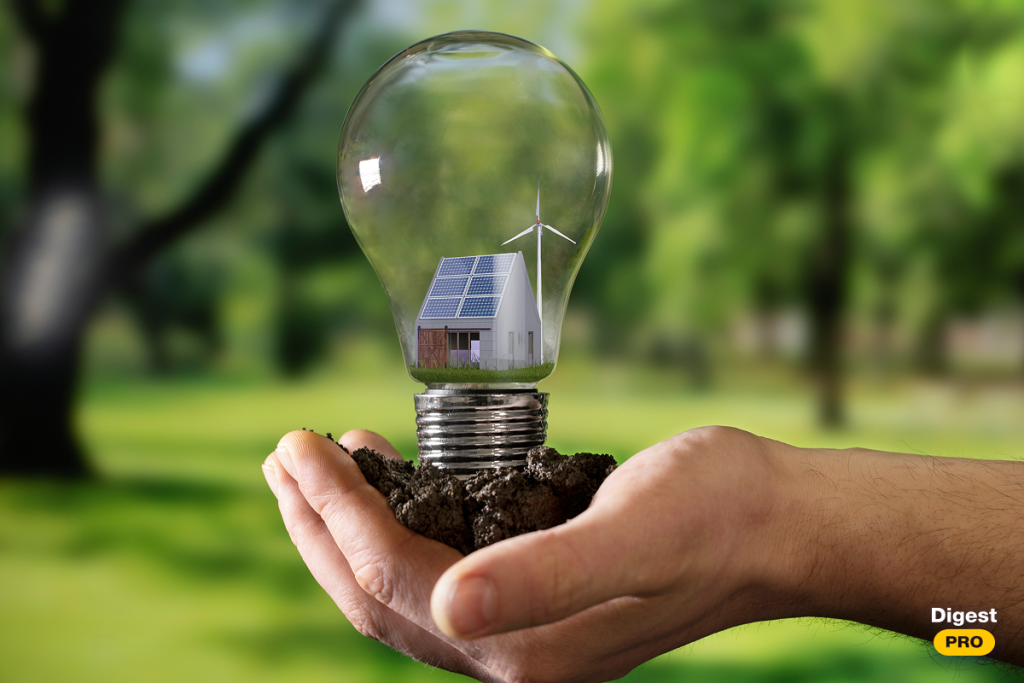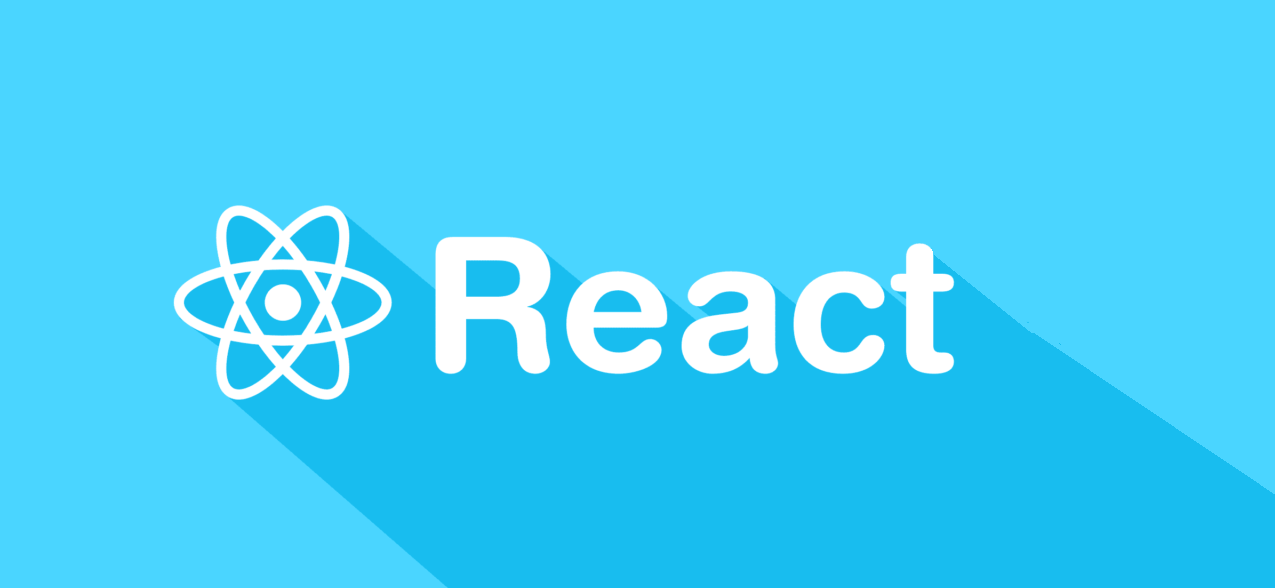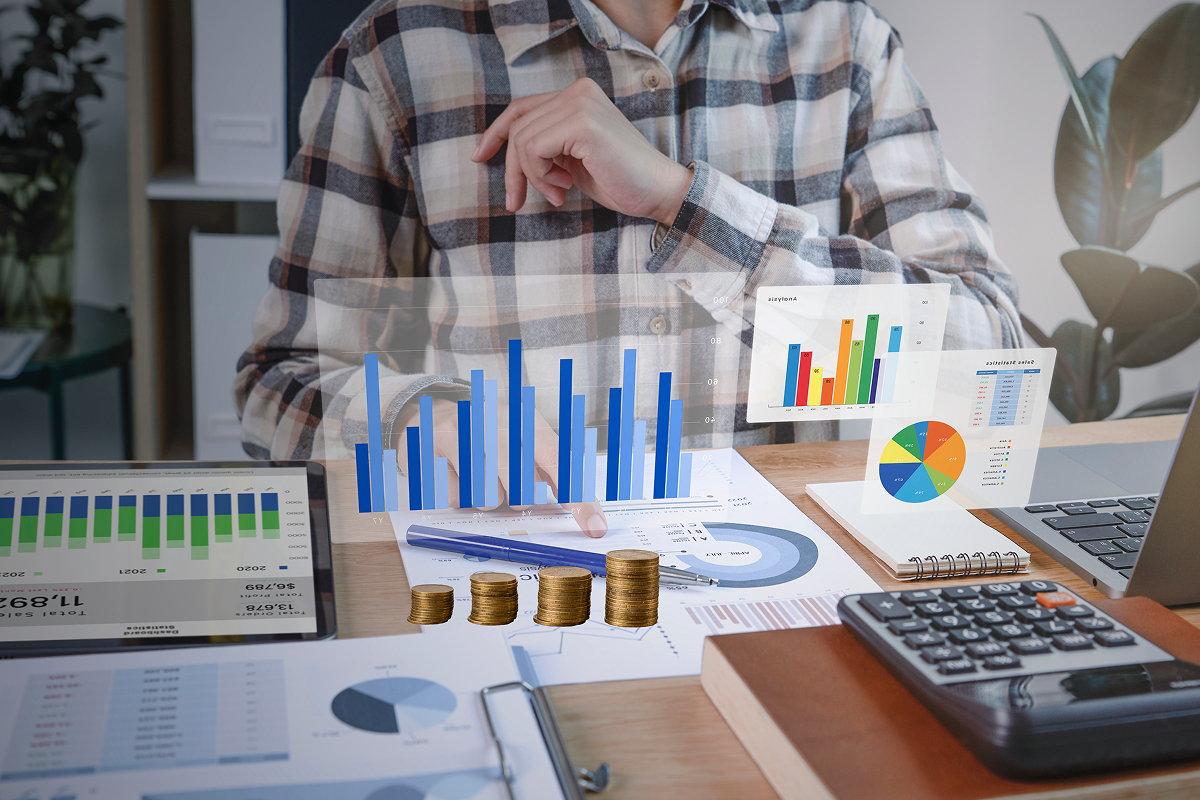
Undoubtedly, clean power in the tech sector demonstrates an unprecedented recovery, and investors’ confidence in this niche is strengthening, as shown by successful funding rounds of startups like Ostrom. The prior skepticism stemmed from the substantial two-thirds decline in early-stage funding, reflecting a challenging investment climate, while Europe’s climate tech startups faced the lowest investment levels since Q3 2020. So, what factors contributed to the resurgence of global renewable energy investment trends in 2025? Let’s analyze the situation and identify potential challenges and projections for the foreseeable future.
Renewable Energy Investment Sentiment in the First Half of 2025
In the prior digest, we have explored that the VC climate in greentech and renewable energy solutions marked significant improvements while preserving momentum for the present day. The aforementioned downturn in global renewable energy investment trends for 2025 stemmed from intensifying geopolitical uncertainties that resulted in market fragmentation by regions, along with major changes in the legislative field. Nonetheless, the ongoing AI revolution bridged the gap between the declining startup niche and investors, and governments also contributed to the improvement of the overall situation by issuing supporting programs and acts. The same process also set the stage for new investment and startup opportunities regarding the concern.
Core Factors Contributing to the Revival of Global Renewable Energy Investment Trends
Despite the mentioned risks and disruptions, several processes demonstrate resilience to the shock. The foremost factor is the demand for new energy sources to sustain the ongoing digital transformation, where renewable energy forms the foundation for these complex changes. It is reasonable to acknowledge that most countries have a firm commitment to nationally determined contributions aimed at combating global environmental challenges. Additional major forces that revitalize global renewable energy investment trends for 2025 can be categorized into the following groups.
Cost Declines and Technology Advances
Arguably, the current advances in technology, along with falling capital costs, ensure that renewable solutions will retain their global economic value. Solar module prices and lithium-ion battery cell costs have experienced a tremendous drop, making energy-consuming projects scalable without the need for heavy subsidies. We would like to acknowledge that AI has also paved the way for new technologies in the greentech market while contributing to the accessibility of solutions such as small modular reactors and green hydrogen.
Policy and Regulatory Frameworks
Countries have issued updated tariffs and regulations to tackle the problem of policy uncertainty. Additionally, new net-zero or renewable energy targets set ambitious goals to achieve significant ecological improvements despite the regionalization effect. Some countries also implement incentives and taxes to support these initiatives, projecting the transition to renewable energy sources to reach up to 40% by 2030.
Grid and Infrastructure Constraints
Among the overlooked driving forces behind the current surge of renewable energy trends for 2025 is the need to modernize existing infrastructure. Aging grid infrastructure requires expansion and maintenance, queuing renewable projects. With the improved cost accessibility of new technologies like battery storage, there is a strong need for infrastructure expansion to meet energy demands and prevent the queue effect.
Market Demand
AI is a backbone of future innovations and progress, and tech juggernauts actively build new data centers to expand the infrastructure. The unique synergy of AI and renewable energy trends has created a sustainable solution for achieving mutually beneficial goals. It means that data centers offer an opportunity to meet the estimated demand of 40 GW by 2030, securing a confident future for greentech projects.
Talent and Workforce Development
The final force behind global renewable energy investment trends in 2025 denotes the career and employment opportunities. The renewable energy sector could triple the current workforce by 2030, which is essential for economic growth. Namely, China, the EU, and the US are definite leaders in renewable energy employment globally.
What Are the Current Trends in Renewable Energy Adoption and Technological Advancements as of 2025?
The next trends indicate both startup and investment opportunities for this and the following years. Based on the core factors that fuel this revival, entrepreneurs and investors should be aware of the next trends to build their business strategy to capitalize on emerging opportunities. Some proven solutions like solar technology are a clear example of one of the leading renewable energy trends for 2025. Let’s explore them in more detail.
1. Industrial and AI-Sector Demand Surge
We have mentioned that the total consumption of AI data centers by 2030 will constitute approximately 40 GW. At the same time, these numbers may fluctuate up to 60 GW, indicating a load that renewables must meet in the next few years. This number excludes other major areas like manufacturing that add to the level, thereby making this surge a main direction in the context of global renewable energy investment trends in 2025 and beyond.
2. Policy-Driven Deployment
Grants and national programs offer unique opportunities for startups to create their solutions to meet the needs of underserved communities. Specifically, the European Regional Development Fund and Horizon Europe enable the deployment of renewables and storage. The article also mentions that governments, along with respective organizations, have a proactive approach to supporting greentech and sustainable development.
3. Renewables Dominate New Capacity Additions
The next trend from the list of global renewable energy investment trends in 2025 denotes the domination of renewable energy in the EU market. Specifically, 90% of renewables have become new power-capacity additions in 2024, implying a unique momentum for 2025 to create new capacities. Investors and business founders should accentuate the solar and wind sectors to capitalize on this ongoing expansion and demand.
4. Solar Growth Outpaces All Other Sources
The EU successfully installed a record 65.5 GW in the previous year, making solar energy a leading sphere of clean energy solutions. The 17% year-on-year increase also secures its confident growth, outlining excellent opportunities for businesses regarding renewable energy trends for 2025. Thus, solar technologies will remain the fastest-growing generation source in the foreseeable future.
5. Battery Storage on the Rise
Another trending direction in clean tech denotes the increasing demand for battery storage. The article has confirmed that there is space for renewable energy solutions to meet the 15% growth in batteries. Despite the previous slowdown, it is possible to expect a steady recovery in this area.
Final Thoughts on Global Renewable Energy Trends in 2025
The most challenging aspect of the modernization process on the eve of the renewable energy resurgence is achieving a balanced approach to ensure grid stability, decarbonization, and competitive clean-tech manufacturing growth across the EU. Our final projections and recommendations for renewable energy trends in 2025 include:
- Despite the global fragmentation of clean energy and renewables markets, policy continuity will maintain reforms through 2030 with no major rollbacks, guaranteeing stability.
- The steady demand growth will also contribute to the rise of green hydrogen projects along with other renewable energy solutions, while the need to power AI data centers may create an energy deficit, prompting timely deployment of infrastructure.
- Investors pay attention to startups with AI features or powered by this technology, which is critical for early-stage companies that seek funding.
- The European ecosystem might prioritize solar and battery solutions to sustain the mentioned progress since it will become critical to avoid bottlenecks that can postpone installations.
Consequently, most businesses and vendors will learn how to navigate the current legislative and regulatory environment. The demand for clean tech and sustainable startups will increase in the next few years, marking a great time for launching new ventures and attracting investment in the sector.
Frequently Asked Questions (FAQ)
Q: How can AI benefit the renewable energy sector in 2025?
A: The article has mentioned that AI data centers will contribute to the demand for greentech and renewables. As a technology, AI enables vendors and businesses to reduce costs with predictive analytics and advanced planning, while AI can support the development of next-gen solutions.
Q: In regard to renewable energy trends for 2025, how significant is solar power in Europe’s renewable energy transition?
A: The EU installed 65.5 GW of solar capacity, which is a critical indicator of its role in driving the trends for upcoming years. Due to the lowering costs of technology, solar energy will further remain a leading sector for startups and investments.
Q: What is the total pressure on renewable energy infrastructure besides AI data centers?
A: While the expected demand for AI data centers is more than 60 GW, the total sum of other sectors adds hundreds of additional GW in demand. This matter requires large-scale upgrades and deployment of new infrastructure components.




